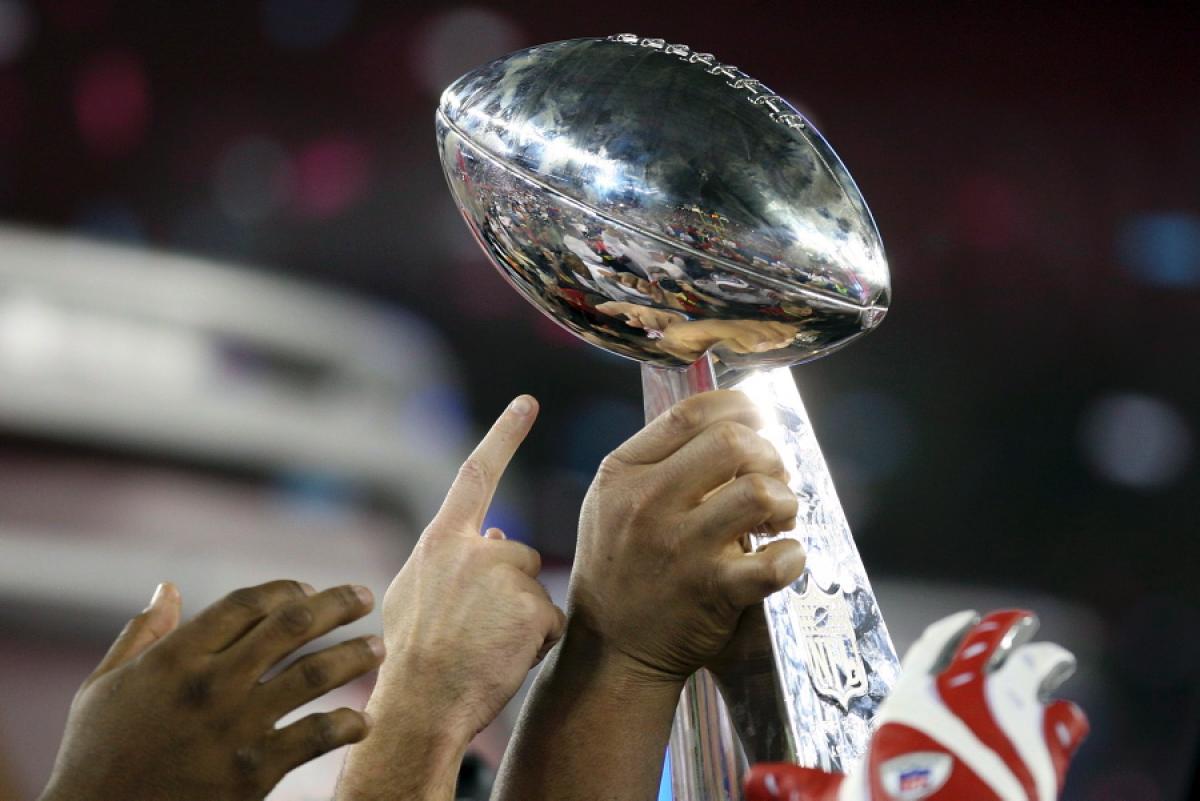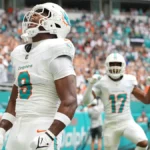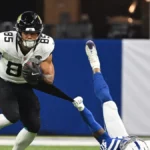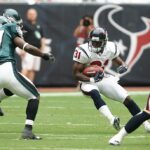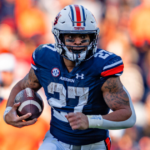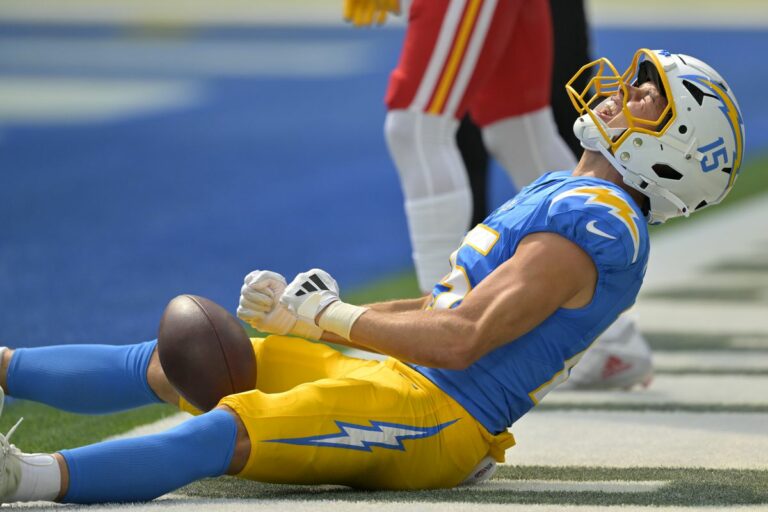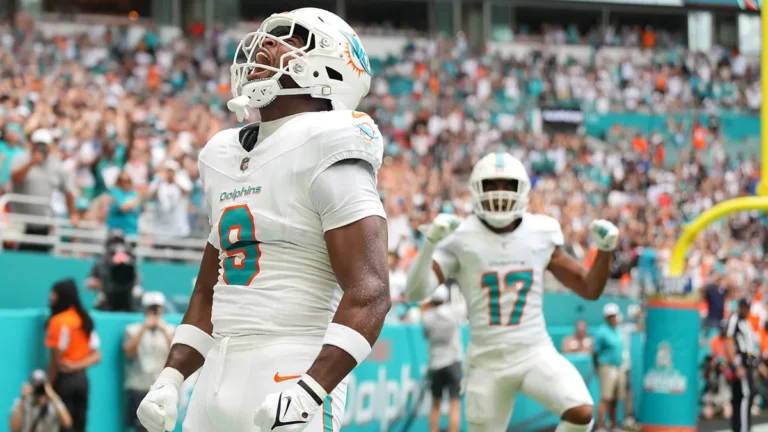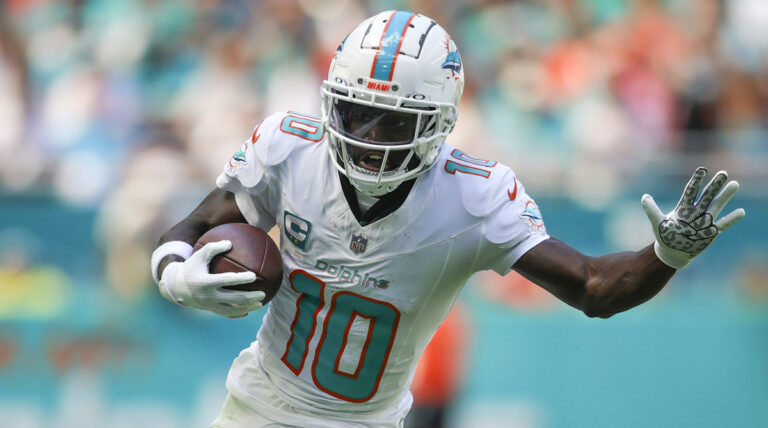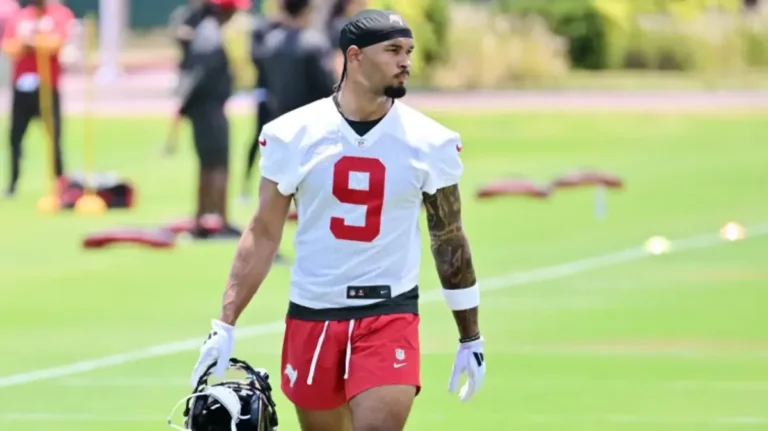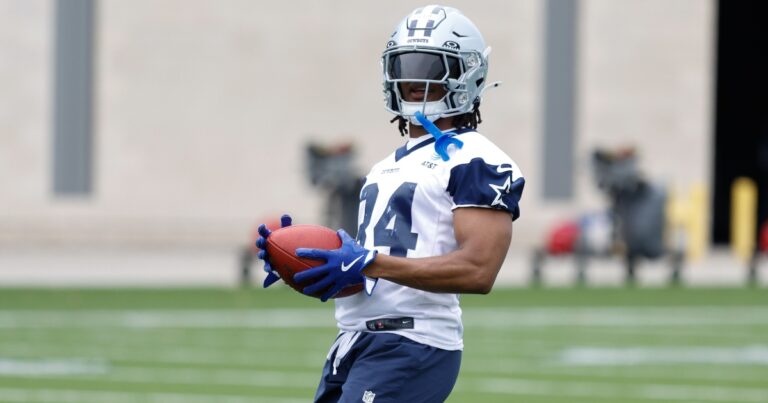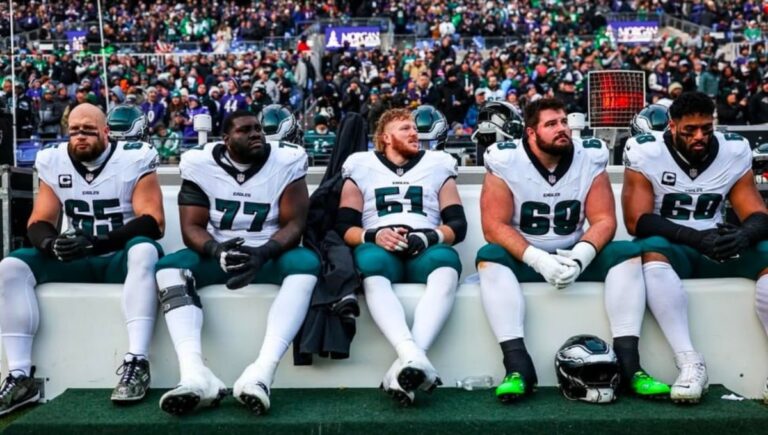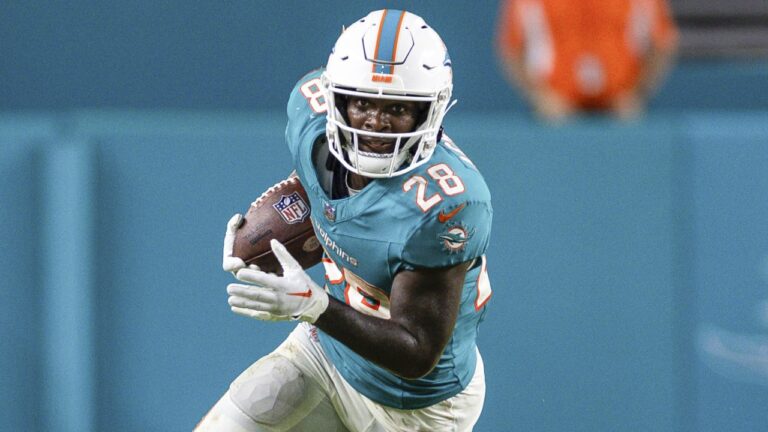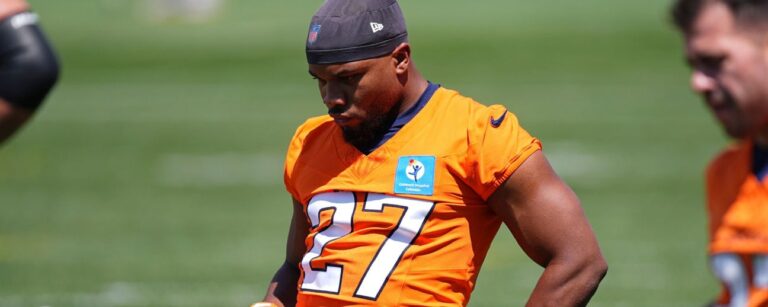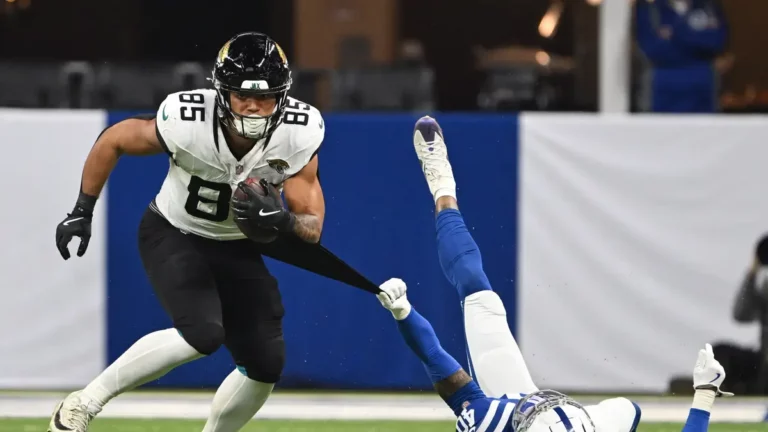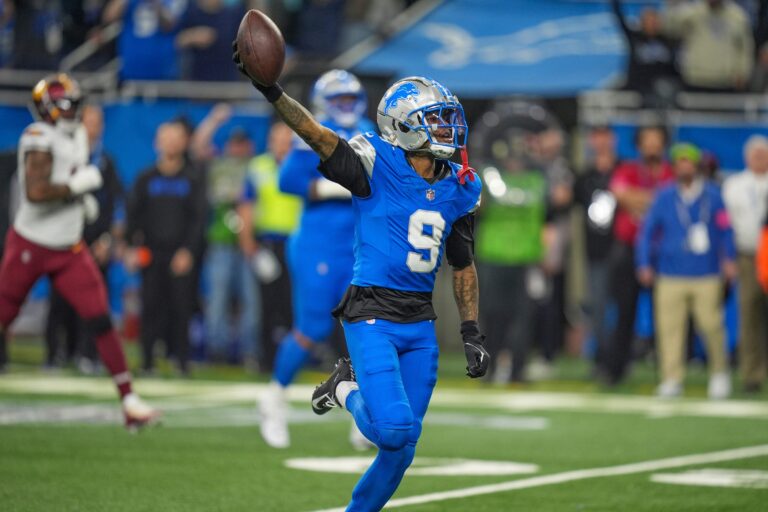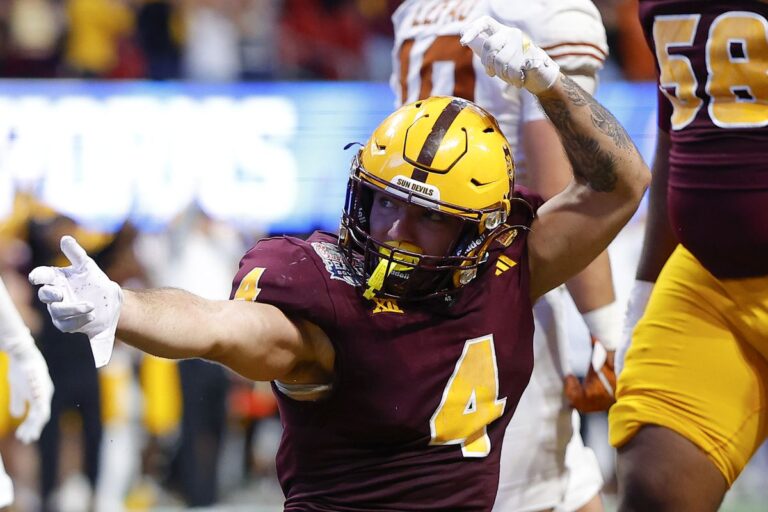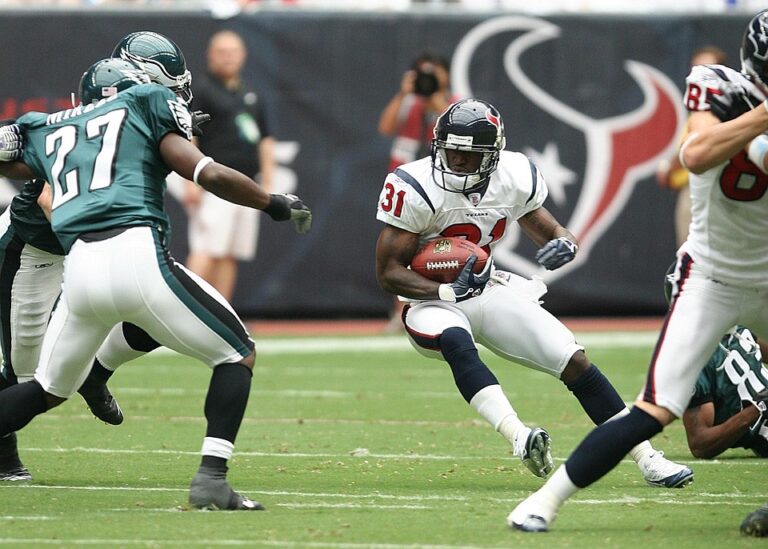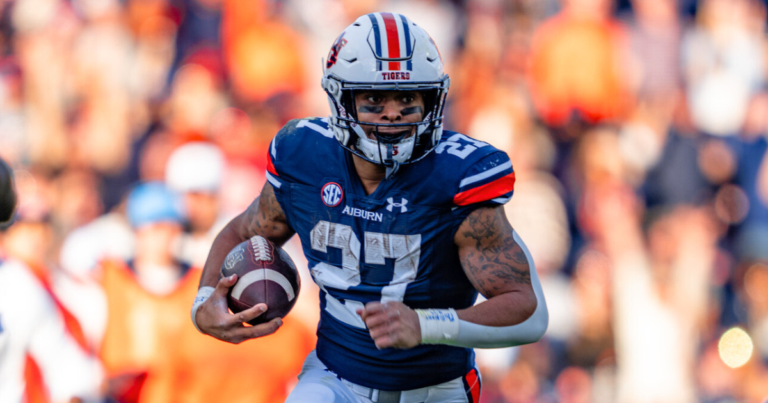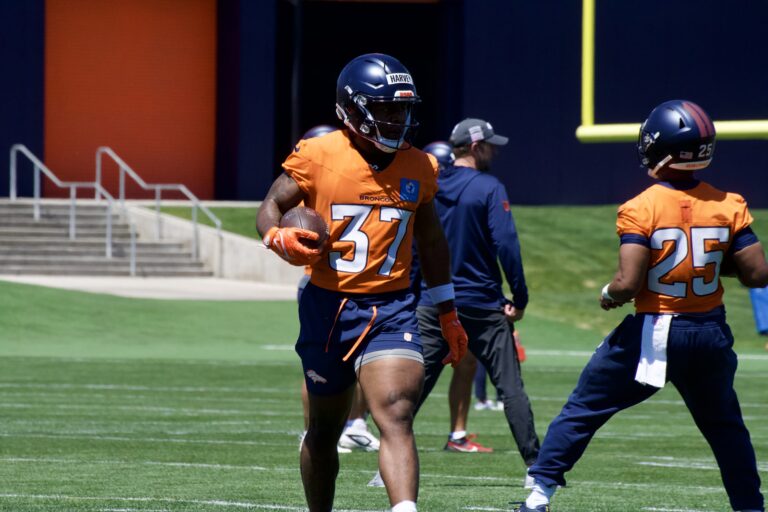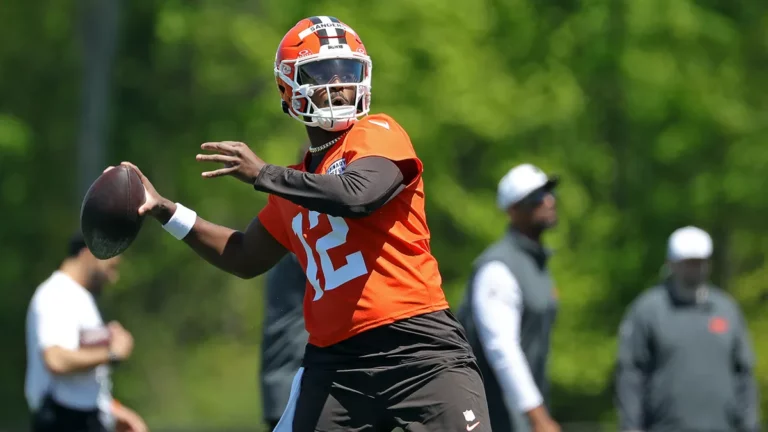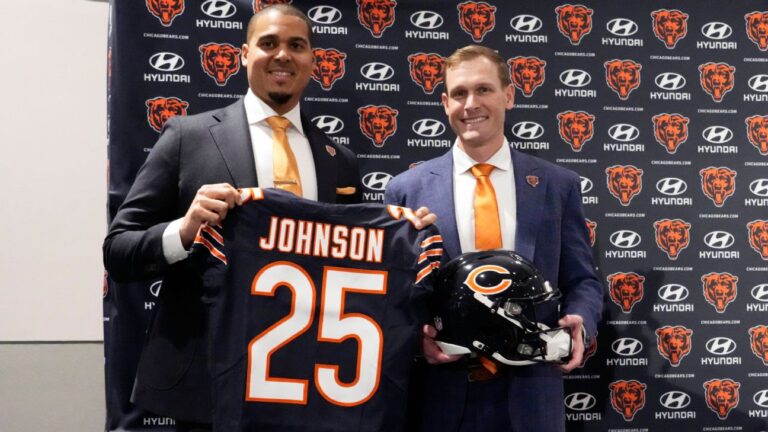Who doesn’t love the feeling of taking some bills in your palm and making that money rain on the ladies? Well second best to that feeling is making it rain in a fantasy auction. Valuing players properly is key to making sure that you spend your money in the right places and that you are able to take your $200 and make it rain profits while the other owners are mishandling their cash. I’m going to explain how league size, starting lineup requirements and your host website have an affect on how much you should be willing to pay for a player. This week is essentially a primer for all of the information that I want you to understand about valuing players before I give you my 2017 auction values next Wednesday.
How Are Auction Values Determined?
Okay, so the age old fantasy mystery – where the hell do these random dollar amounts come from? The short answer is that you take all of the players likely to be drafted, add up all of their value and assign dollar amounts based on the total amount of money available to be bid. However, you are really assigning value based on the difference from the worst player likely to be drafted at a position to the expected point total of the player you are bidding on. For example (and this is just an arbitrary example, not real numbers), if you think that the worst Wide Receiver likely to be selected is Tyler Boyd, his value is obviously going to be $1 because you can’t bid any less than that. He’s now the baseline at $1 and when deciding how much to bid on Eric Decker, you have to determine how many more fantasy points you’d expect Decker to give you than Boyd. This process gets complicated because a good dollar value won’t just focus strictly on the exact fantasy points but it will also focus on position vs. position and scarcity. To explain further, every kicker should cost $1 because they are all relatively close and they are all fairly unpredictable. However, there is obviously a reason why you’d want Matt Bryant or Justin Tucker over Nick Novak. If we really worked it out, it may actually be possible that a guy like Bryant may be worth an extra $1 over some of the other kickers, but because of the unpredictability, we’re still going to list him at $1 just like the others. Something similar to this happens with Defenses as well. Beyond that, you can expect that Quarterbacks as a whole will cost much less than Running Backs and Wide Receivers because of position scarcity at those positions. So while a guy like Andrew Luck may be much better for your fantasy team than a $1 QB like Carson Palmer, you can bet the price difference won’t be nearly as high as the difference between the aforementioned $1 Tyler Boyd and somebody like DeAndre Hopkins. The point here is that a good dollar value needs to consider not only the value over replacement that every player offers, but also the level of predictability for each player and finally the opportunity cost of rostering each player (with only a limited number of roster spots, you need to make sure you get some top talent and as such there is a premium baked into their prices).
What should be clear for any astute readers is that the most important driving force for auction values is your player projections. If you expect Tom Brady to be the #1 Quarterback this year (which I do by the way) then your dollar value assigned to him is going to be higher than the dollar value you assign to Aaron Rodgers. Whereas, most people would probably have Rodgers as their #1 QB and Brady below him reversing their dollar assignments. So how do you adjust your dollar values to reflect your own valuations over those of others? The simplest way (although admittedly not perfect) is to just assign that value based on your ranking. For example, if you are very high on Isaiah Crowell this year and think he’ll be a top 5 Running Back but the dollar value you have for him on the site (or in the magazine) that you are using rates him as the 10th best Running Back, then you should look at the dollar amount for their 5th rated RB and assign that amount to Crowell instead. Again, it’s not perfect, but if you don’t have the time, energy or mathematical skills to generate your own auction values and projections, then it will at least get you close to where you want to be.
How Does League Size Change Dollar Values?
The big takeaway when looking at league size is that it is going to shrink or expand the player pool. If you are in a 12 team league, there will be 2 more teams than a 10 team league which means an additional 30 or so players will be taken. This means that guys who were worth $1 in a 10 team league may now be worth $3-4 and guys who were not drafted will now go for $1. Additionally, this means there are more mouths to feed for the top players so those players should go for higher dollar amounts. Think about it, those extra two teams are also going to want talented players, they’re not going to just take the bottom 30 guys in the league so that’s more competition for the top guys and more teams to spread the top guys out over so expect all prices to rise, with elite players in particular, going for a higher amount.

Obviously, the reverse is true if you go from a 12 team league to a 10 team league. There are 30 or so less players taken, so the dollar amounts should be lower across the board because there are less teams vying for the talent and the talent is spread out over fewer rosters. The bottom line here is that you need to keep in mind how many players are going to be taken in the pool when deciding how much to value a player at. Guys who you may be able to get at the end of a 10 team league auction for a couple of bucks may be worth double digit dollars in a 12 team league and this is where a lot of bargains can be had when others owners overextend themselves in deeper leagues early on.
How Does Starting Lineup Construction Change Dollar Values?
Starting lineups and roster sizes in general have a major impact on how much a player is worth. If you are in a league where you have a 16 player roster than obviously you have to commit money to more players than in a league with 14 player rosters. This means that the deeper your roster requirements are, the less money you have to spend on individual players because you have to divide that money up over more players.
Your starting lineup construction matters because this is where you are getting your weekly production and ideally where you want to commit most of your budget, but it also can dictate which players are worth more. If you are in a 10 team league and every team starts 2 WR, 2 RB and 1 Flex (WR/RB/TE) then your dollar values may be very different from a 10 team league that starts 3 WR, 2 RB and 1 Flex. Obviously the big difference here is that one league is going to have an additional 10 WR starting every week which means WR depth is more important in that league and the better WR are going to be more valuable because there will be at least 10 more players at that position accumulating points every week. In the first situation, there are only 20 WR guaranteed to start every week and your 3rd WR doesn’t matter nearly as much because they will either be a bench player or flex player while in the second situation you don’t want to get stuck with a scrub as your 3rd WR because they will be counting for you every week. In this case the value of WR increases across the board because you want to make sure you have productive players in every starting lineup slot.
Additionally, starting lineup construction can change player values based on opportunity cost. Would you rather pay $40 for Jordy Nelson or that same $40 for Golden Tate and Donte Moncrief? Regardless of how you feel about the individual players, the correct answer is that it depends. If you are in a league where you start 3 WR and a Flex, you may be better off with the Golden Tate and Donte Moncrief package but if you are in a league that only starts 2 WR and a Flex then you want to pack your lineup with more game breaking talent (since you have less starting lineup spots to make a contribution) and as such, you may be better off with Jordy Nelson because you have to centralize your money into fewer players.
How Does Your Host Website Impact Dollar Values?
There are a few major impacts on prices as it relates to your host website. Every host website is going to have some kind of projection for the players and a dollar value assigned to those players as a result of that. There are two likely scenarios that arise from the host website having those numbers: The first is that for most host sites those numbers do not change from league to league to reflect the settings and the second is that the host sites numbers are likely to be relied upon heavily by drafters in your league (especially if you are conducting an online draft on that site).
As we have already illustrated, there is going to be a difference in the price value of a player in a 10 team league vs. 12 team league or a team with 16 players vs. 14 players. For many host websites, they don’t account for that change and just have generic dollar values which obviously can’t be accurate across all of those leagues unless the numbers are adjusted (which most sites won’t do).
Of utmost importance is recognizing that many other drafters are going to treat the dollar amounts on the website you are using as a bible. If your host website says a player is worth $35 then it means you must be getting a deal on that player for $30 and overpaying for $40. Again, if that site just has generic numbers and not league specific numbers, it’s highly possible that the player is worth a much different amount. You need to use this knowledge to your advantage and buy low on players when your host website is just flat out wrong.
ESPN vs. Yahoo
The two most common host websites are espn.com and yahoo.com. The same auction draft is likely to play out very differently depending on which site you are using. First of all, Yahoo’s default settings give you a starting lineup of QB, WR, WR, WR, RB, RB, TE, K and D with 6 bench spots. Espn’s default settings give you a starting lineup of QB, WR, WR, RB, RB, TE, Flex, K and D with 7 bench spots. Right away there are two major differences between these leagues – A Yahoo league has no Flex and requires 3 WR in your starting lineup while an ESPN league only requires 2 WR but require a Flex. The second difference is that ESPN requires you to take 16 players while Yahoo only requires 15. Both of these differences are significant because Wide Receivers should be more valued on Yahoo whereas ESPN is likely to have higher values for Running Backs (because you can choose to use a Running Back at Flex on ESPN while you must have more guaranteed starting Wide Receivers on Yahoo). Additionally, you have one extra roster spot to fill on ESPN, so while it may not make a huge difference, there will be more drafted players on ESPN than on Yahoo so you need to adjust for that.
Additionally, Yahoo and ESPN have very different rankings from each other and as I said before, drafters end up pigeon holing themselves into following the host website’s rankings. As an example Andy Dalton is the 14 rated QB on Yahoo and the 19th rated QB on ESPN. Regardless of your personal beliefs on Andy Dalton and where he deserves to be ranked, he’s likely to be taken later (and for cheaper) in an ESPN league than in a Yahoo league strictly because he shows up lower on their individual lists. Also, ESPN seems to do a decent job of adjusting dollar values to at least somewhat reflect your league size, but Yahoo does not. The aforementioned Andy Dalton is rated as a $7 player on Yahoo and a $1 player on ESPN. In a 10 team league, where you have to assume some drafters won’t even bother taking a backup QB, Andy Dalton will likely only be a $1 player or just as likely go undrafted. If you are using Yahoo and they say that Andy Dalton is worth $7, you may think you got a great bargain when you land him for $1 but did you really? This is where using a host website’s rankings and dollar values against other owners is a great idea. They may look at the rankings and dollar values and see a guy like Dalton is worth $7 and decide to pay up for their QB earlier while you would recognize that the cost is out of line and potentially pass on early QBs knowing that you will get a guy like Dalton (or likely better) for just $1 or $2.
As you can see, there are many ways that dollar values can be affected and just blindly trusting the dollar values of a magazine or website may not be the most accurate course when sitting down at your auction. I hope you were able to learn a little bit about what you should look for when looking at a player’s dollar value and feel more comfortable deviating from a dollar value that doesn’t seem quite right to you. Don’t be afraid to do the making it rain gesture at your draft every time you steal a player for cheap or see another owner overpay because they didn’t understand dollar values. Next week I will be presenting my dollar values and projections (because as we said, they go hand in hand) for all skill position players (QB, RB, WR, TE) in 10 team leagues and 12 team leagues using both Yahoo and ESPN default settings and using both standard and PPR formats. I’ll be giving out some good information there, so please don’t forget to check it out and as always, feel free to holler at me in the comments below!
